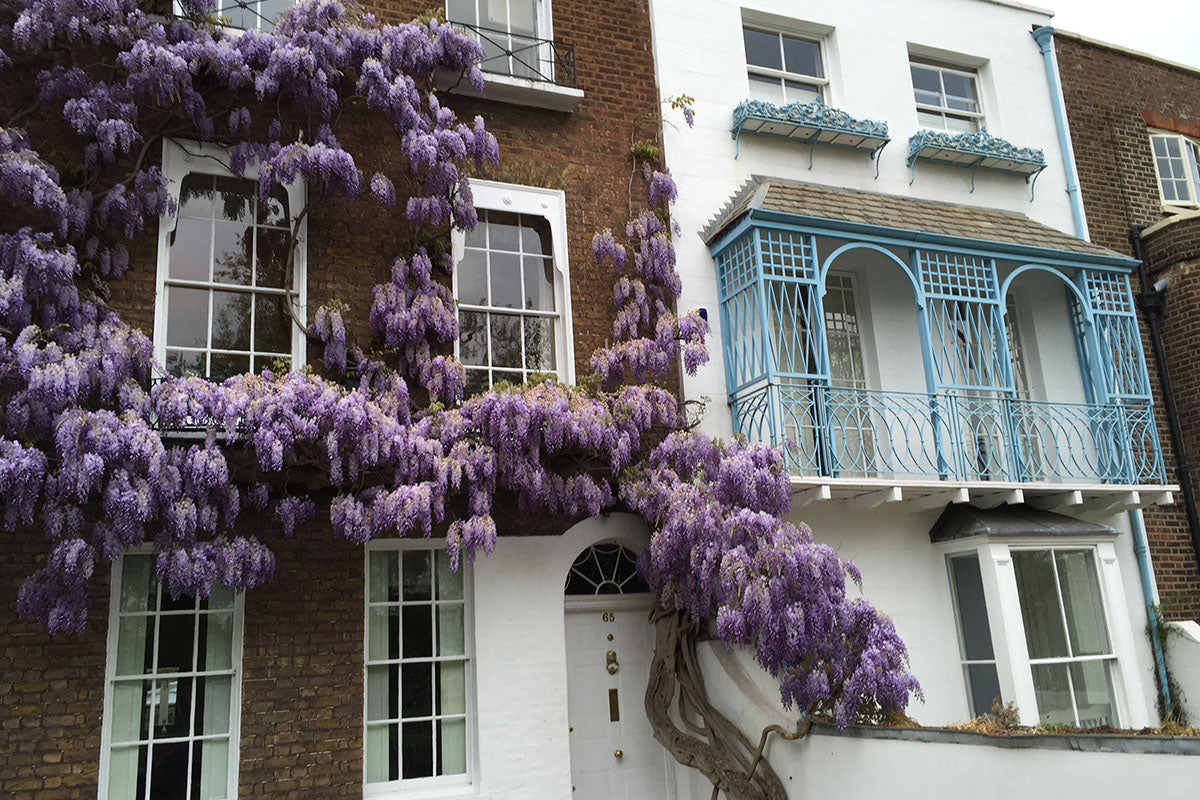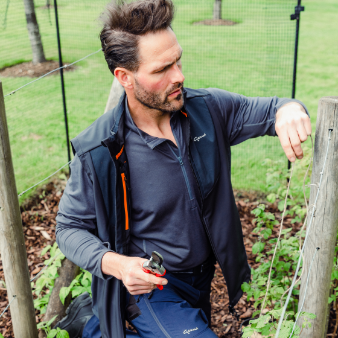How to... winter prune wisteria

There’s something glorious about the sight of wisteria dripping with gorgeous purple or white perfumed flowers in late spring and early summer. They are stunning trained against a sunny wall or draped over a pergola or garden arch.
It’s low maintenance but does need pruning twice a year in summer and winter for the most spectacular display. Wisteria can be extremely vigorous, so pruning will keep it under control, and taking off the whippy shoots will let light and air into the network of branches inside. It also focusses the energy into the flower buds and increases the chance of flowering.
Pruning wisteria in February or March is made easier by the fact you can see the structure of the plant once the foliage has fallen. You’ll need sharp secateurs and you’re looking to reduce each of the lateral shoots back to two or three buds. So, count the buds from the main stem and when you get to the third bud, snip off the growth just after the bud. Remove any dead, diseased or crossing branches as well as suckers growing from the roots. Don’t remove any large buds as these will develop into full flowers come May.
Winter pruning keeps the plant tidy and ensures that, come spring, your wisteria can put all its energy into producing beautiful blooms that won’t be obscured by long, leafy shoots. Pruning in summer will also help, but this time prune back to six buds.
Winter pruning is the perfect time to work on reshaping the structure of your wisteria plant as needed. Wisteria can be cut back hard if the plant has a lot of dry, old branches and looks very out of shape. Sometimes it’s necessary to cut all the branches down to the main stem or even down to the ground to renovate the plant. This hard pruning will give your wisterias an impulse to shoot new strong branches. It may take several years to flower again after a hard cut back, but the growth will be of much higher quality.







